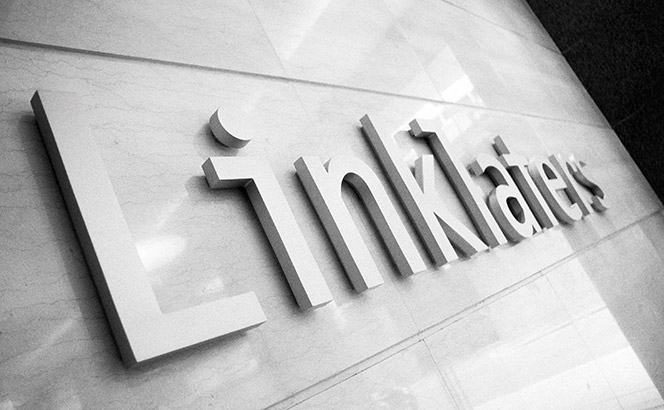
As increasing numbers of derivatives players face a scramble to comply with Initial Market (IM) regulations, Linklaters has become the second Magic Circle firm in as many weeks to launch a service promising to take the pain and expense out of overhauling derivatives documents.
Linklaters has today [25 April] unveiled ISDA Create – IM at the International Swaps and Derivatives Association (ISDA) annual general meeting in Miami. The platform has been developed by Linklaters using its own Nakhoda AI data tool and is backed by global trade organisation ISDA.










